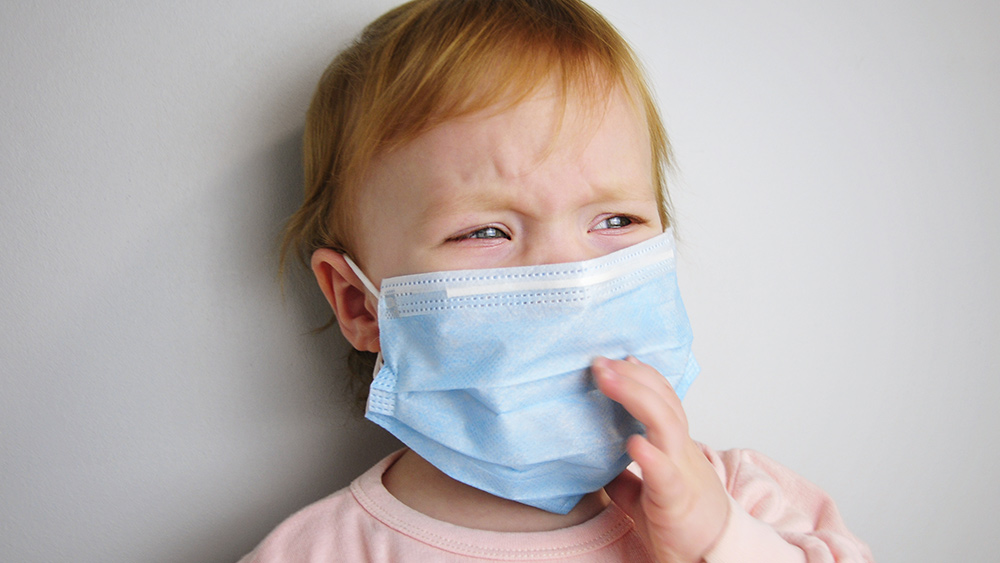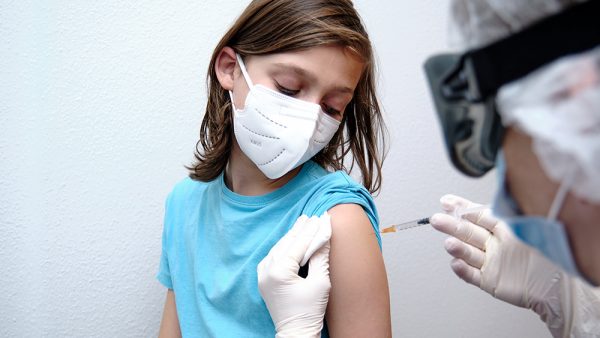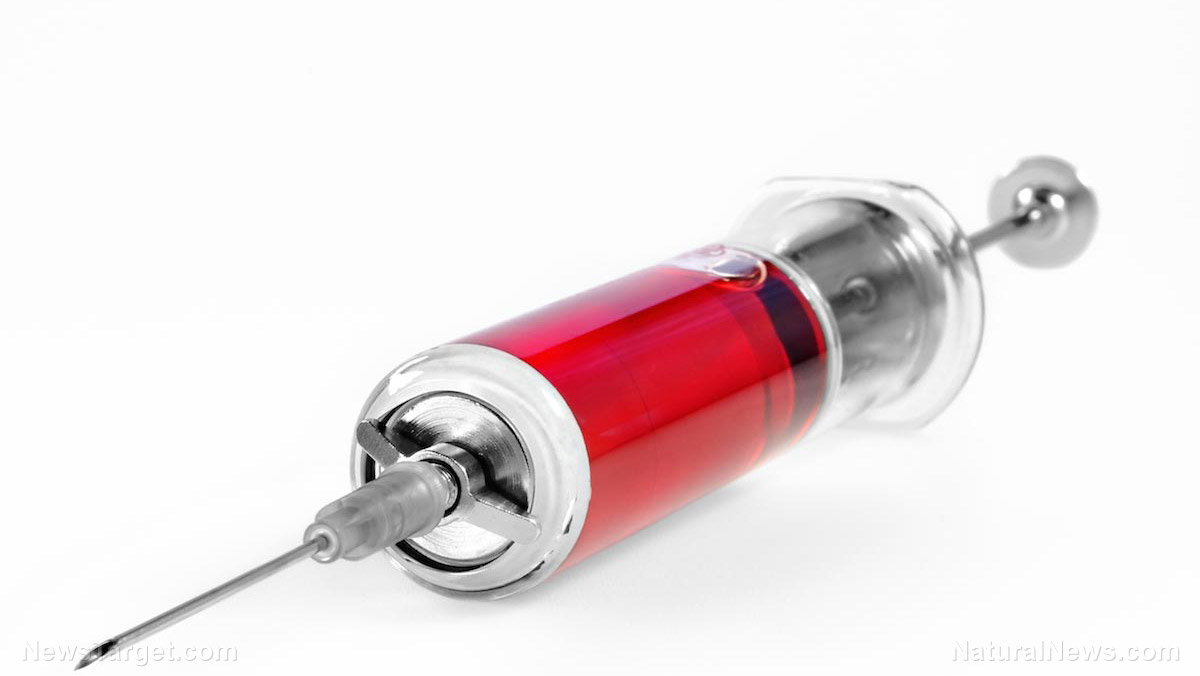
Masks will cause long term damage to oxygen utilization in humans
Today, people willingly breathe in these microplastics by attaching masks to their faces. And, as the face masks are discarded en masse, the microplastics break down into the air, soil, and water, before finding their way into human blood and organs. Masks strain, suffocate, and poison people in an acute manner, and over the long haul, the microplastics break down in the environment, silently infiltrating the blood, and depriving red blood cells of oxygen. In one study, microplastics latched onto the outer membrane of red blood cells, hindering their ability to transport oxygen throughout. At the height of the mask mandate hysteria, the world population was consuming 129 billion disposable face masks each month, or approximately three million masks every minute. Many of these masks are discarded into the environment or dumped in landfills, where they will break down and pollute the soil for years. Disposable face masks contain an inner layer of thermoplastic polymers that are melted together into porous sheets. When they break down in the environment, these polymers and polypropylene fabrics break down into small plastic particles called microplastics. These microplastics leech into the soil and water, and ultimately make their way into human blood, tissues, and organs. These particles also travel through the air and are often taken in through the lungs. The long-term environmental and human health effects caused by mask mandates are yet to be fully realized. These negative impacts will be measured in human blood in the form of microplastic contamination.Plastic pollution, exacerbated by masks, affects human hormones, childhood development
In the Environment International study, half the blood samples contained PET plastic, the kind that comes from plastic soda bottles. One third of the blood samples contained polystyrene, the hormone disrupting chemical used to manufacture Styrofoam containers. One quarter of the blood samples contained polyethylene, which is commonly used in grocery bags. Lead researcher, Professor Dick Vethaak from the Vrije Universiteit Amsterdam, said this is the “first indication that we have polymer particles in our blood.” He says further studies are needed to assess the presence of many more plastic polymers and understand what these microplastics are doing to the human body. “The particles are there and are transported throughout the body,” he said, so it is “certainly reasonable to be concerned.” In his previous work, Vethaak found microplastic contamination to be ten times higher in babies because they are fed with plastic bottles. Babies are especially vulnerable to the negative effects; studies show the particles travel through the lungs and into the heart and brain, affecting neurodevelopment. More health studies should be conducted on people who regularly wear face masks. How might inhalation of microplastics affect one's ability to transport oxygen in their blood over time? How might this exposure affect one's hormones and cancer risk? The amount and type of microplastics detected in the study varied considerably, as this was the first study to detect microplastics as small as 0.0007mm. Vethaak said the differences in microplastic levels might reflect short-term plastic exposures that occurred before the blood samples were taken, such as drinking from a Styrofoam cup or wearing a disposable face mask. “The big question is what is happening in our body?” Vethaak said. “Are the particles retained in the body? Are they transported to certain organs, such as getting past the blood-brain barrier?” And are these levels sufficiently high to trigger disease? We urgently need to fund further research so we can find out.” This video is from the Health Ranger Report on Brighteon.com. Sources include: TheGuardian.com ScienceDirect.com NIH.gov NaturalNews.com PNAS.org Biomedcentral.com Brighteon.comGerman military bioweapons discovered in Ukraine, media silent
By Ethan Huff // Share
Pfizer was completely overwhelmed with covid “vaccine” side effect reports, documents reveal
By Ethan Huff // Share
Girls are developing GENITAL ULCERS after getting the Pfizer COVID-19 vaccine
By Arsenio Toledo // Share
Coalition of Austrian clergymen denounces Vienna’s COVID vaccine mandate
By Ramon Tomey // Share
Solar power set to skyrocket in cost thanks to failing supply chain
By JD Heyes // Share
An invisible assault: How everyday heavy metals sabotage brain health
By willowt // Share
Pentagon warns of China's rapidly expanding nuclear arsenal
By kevinhughes // Share
FCC grounds new Chinese drones in sweeping security move
By avagrace // Share
The methylation switch: Scientists identify diet that can turn back the cellular clock
By jacobthomas // Share
Renaissance or Ruin: A wake-up call for cultural revival and self-sufficiency
By kevinhughes // Share
Weight loss in midlife may trigger brain inflammation, study finds
By avagrace // Share











